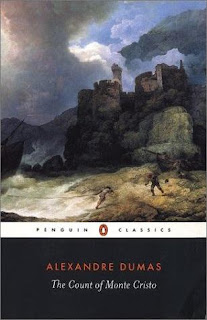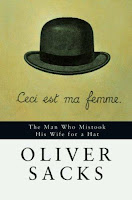
At the same time grown up and young. That is the strength of Up. Animation is hardly ever so bittersweet as this movie. Amination is mostly upbeat, fast and shows the sunny side of life only, but Up starts at a downcast note in its masterly montage of poor Mr Fredricksen’s life. It is one of the highlights of the movie and is very mature and serious, but that doesn’t make this movie less suited for children, it makes it memorable. In this, Up is a movie very much in the style of Miyazaki’s Ghibli studio.
Up is a different film compared to other Pixar stories as Finding Nemo. It feels simpler and more straightforward. It is more focused on telling one story, whereas Finding Nemo, Wall-E (and also the Miyazaki stories) are more like strings of connected adventures. Up has less sidescenes and inventive stuff going on in the background, but it is by no means shallow. Up rests on a few very strong ideas and images, like the floating house and the waterfall, which become icons for the movie and so it doesn’t need to rely on other inventions to keep things interesting.
And all the while, Pixar’s mastery in animation shines through. You can watch it in 2D and 3D but I would prefer 2D to really appreciate the art that has gone into this movie. Up has a subtle range of colours, expecially for the interiors of Mr. Fredricksen’s house and the zeppelin later in the movie. Pixar dares to push the conventional boundaries of animated storytelling and I hope they will continue to make movies like this for a long time.
IMDB: Up



